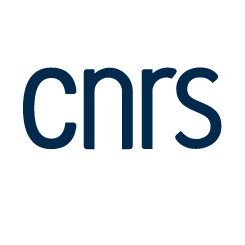ANALYSIS OF HYDROPHILIC POLYMER BY LIQUID ADSORPTION CHROMATOGRAPHY (LAC)
Résumé
Synthetic polymers play an important role in our daily life. They are used in housing, clothing, automobile, medicine, etc. Nowadays, research into synthetic polymers is mainly devoted to the design of materials with improved properties for challenging applications such as in electronics or medicine. The development of those polymeric materials need advance not only in polymer chemistry but also in analytical chemistry. Indeed, the characterization of polymers is generally not obvious due to different parameters to be considered (molecular weight distribution, chemical composition, molecular architecture, etc.). Common analytical tools such as FTIR or NMR can deliver important data such as chemical composition, but cannot provide information on molecular weight distribution or molecular architecture. Also, size exclusion chromatography (SEC) appears as a method of choice for polymer analysis. Moreover, multi-detection SEC using light scattering or viscosimetric detectors allow to obtain accurate molecular weights and polymer architectures.
However, the characterization of polymers by SEC may be tricky or impossible due to for instance interaction between the sample and the stationary phase (hydrophilic polymers for instance). Also, interaction liquid chromatography based on the interaction between the analyte and the stationary phase appears as a powerful technique for polymer characterizations [1].
This work investigates the characterization using different liquid chromatography techniques of various hydrophilic and functional polymers prepared by combination of RAFT polymerization and post-polymerization modification. For instance, poly(acryloylmorpholine) was synthesized by RAFT polymerization of acryloylmorpholine in dioxane at 70°C with 2-cyano-2-propyl dodecyl trithiocarbonate as transfer agent and AIBN as initiator. Then, the thiocarbonylthio end group was removed by radical-induced reduction of RAFT-synthesized polymers using different methods. The different polymers were characterized by liquid chromatography. Figure represents the elution conditions for three poly(acryloylmorpholine) with the same molar masses but different chain-end functionalities. The different polymers are not separated by the size but by the functionality using interaction liquid chromatography. Recent developments using two-dimensional chromatography will be also considered.
